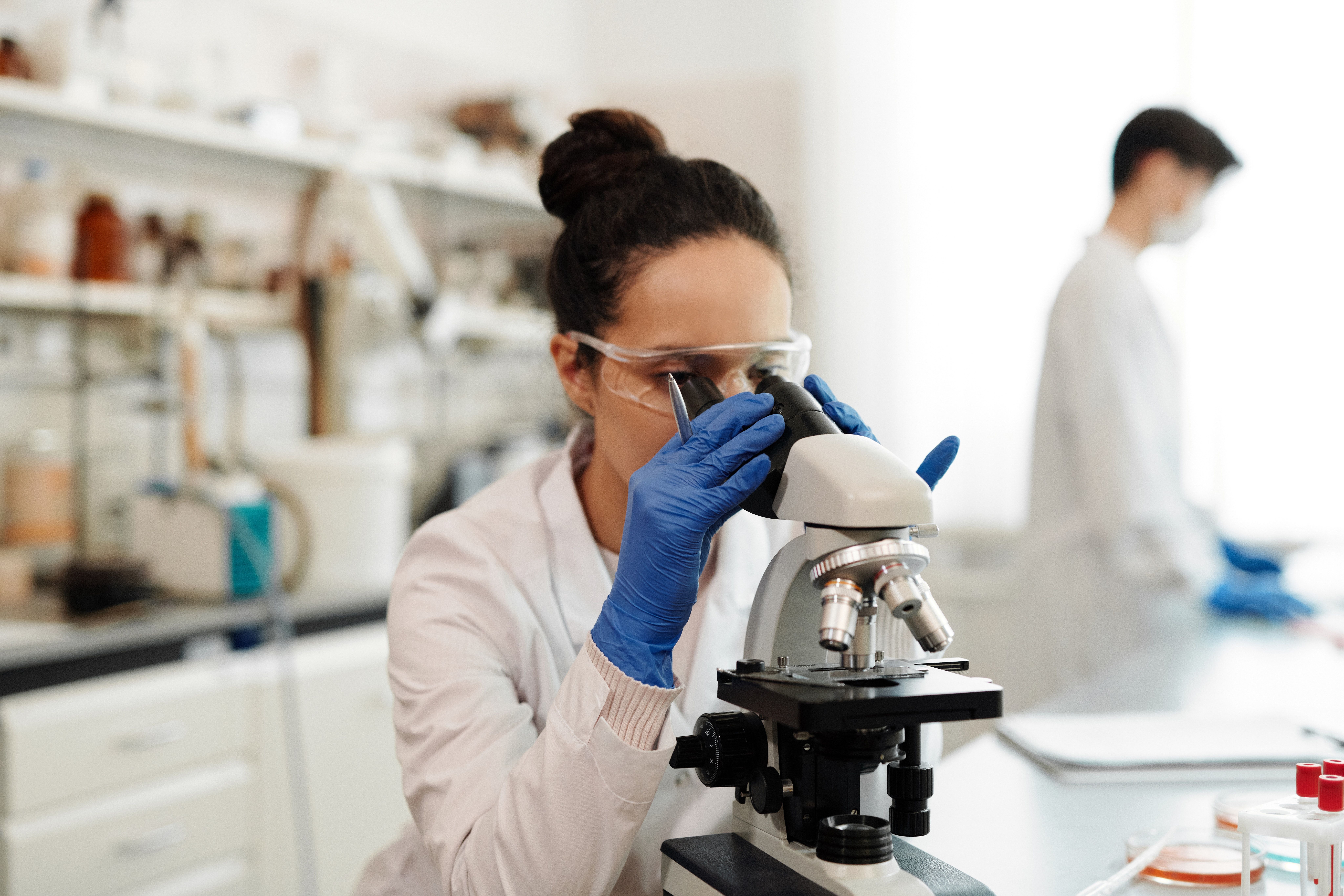Immunity, Spike Immunoglobin G Antibodies, and Healthcare Workers
A new study looked at the naturally-acquired spike immunoglobin (Ig) G antibodies, and how they hold up against neutralization and protect us against future infection.

Perhaps one of the most prolific and durable questions throughout the SARS-CoV-2/COVID-19 pandemic has been regarding immunity. Questions swirling around boosters, breakthrough infections, and how long immunity—whether natural or vaccine-induced—lasts and what that means continues to plague us.
The majority of our focus as of late has been the coverage that vaccines provide.“All of this underscores the importance of considering effectiveness against infection and disease as 'absolutely separate,' Jennifer Gommerman, an immunologist at the University of Toronto, told me. The two can wane in lockstep, but they don’t have to," Katherine Wu, PhD, wrote,.“Different immunological mechanisms come into play,” Gommerman said. And while a drop in antibody levels might foretell more vulnerability to infection, that doesn’t always translate to a loss of immune memory and more susceptibility to serious sickness.”
What though, happens with those who have experienced a naturally infection? How do the naturally-acquired spike immunoglobin (Ig) G antibodies hold up against neutralization and protect us against future infections? A new research study sought to address this by following 3015 healthcare workers from June 2020 for several months across 5 regional hospitals in the Johns Hopkins Health System. The research team collected serum samples and surveyed participants every 3-4 months as well as SARS-CoV-2 PCR and immunization data from the medical record systems. Euroimmun was utilized to test serum specimens and the S1 subunit of the SARS-CoV-2 spike protein.
The authors reported that “Among the cohort of 3015 HWs (2359 [78.3%] women; median [interquartile range {IQR}] age, 38.4 [31.6-50.0] years), 170 (5.6%) HWs had positive PCR results for SARS-CoV-2, of which only 94 (3.1%) were tested for spike antibodies after infection but before vaccination (57 HWs received 1 antibody test after PCR positive, 36 received 2 tests, and 1 received 3 tests). Of the 94 HWs, 90 (96%) were non-Hispanic/Latino and 70 (74%) were White; the median (IQR) age of HWs tested after PCR-positive results was 37.5 (31.1-46.7) years
Fifty-two of 59 (88%), 30 of 40 (75%), and 25 of 33 (76%) HWs who tested less than 100, 100 to 200, and more than 200 days post-PCR were IgG positive, respectively. IgG antibodies were positive in 72% (8 of 11) of those tested more than 250 days postinfection. The estimated rate of IgG decay was 7% per month (95% CI, 3%-10%). In participants with multiple tests postinfection, the within-participant rate of decay was 7% (95% CI, 3%-11%) per month.”
Fortunately, this study sheds some positive light on how durable spike antibodies are following a natural infection with SARS-CoV-2. Ten months as a time for protection against reinfection is a helpful data point to work with regarding public health guidance and recommendations. More research is needed on this though, especially as we face global vaccine inequity and distribution challenges. The authors noted that we should consider prioritizing vaccines for those without measurable antibodies, which is a topic widely discussed but ultimately hard to operationalize in low and middle-income countries.
